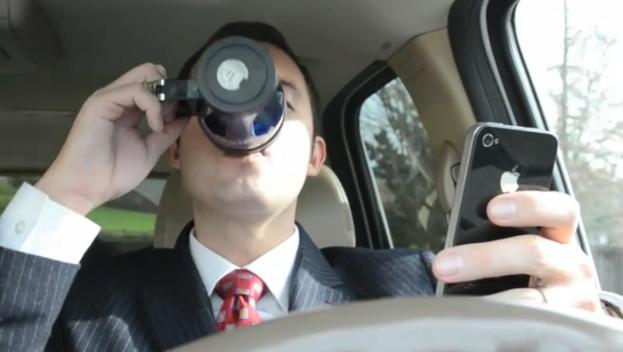
Detailed within a recent ruling by a California court in Fresno, a judge ruled that the law banning wireless, cellular phone use while operating a motor vehicle also applies to California residents and visitors that attempt to use a mapping application like Google Maps while driving. While section 23123 of the California Vehicle Code was instituted primarily to ban voice calling and typing out text messages while driving a car, a man named Steven Spriggs challenged a citation for violating section 23123 during a traffic stop during January 2012. Spriggs claimed that the law didn’t apply to him since he was using his smartphone to get directions rather than texting or chatting on the phone.

The defendant basically attempted to argue that the section only applied to voice calls. He also made that point that a statute was later added to cover texting, thus the law needed to be revised again to cover alternate uses such as GPS mapping programs like Google Maps.
Within the ruling, Superior Court of California Judge W. Kent Hamlin said “Our review of the statute’s plain language leads us to conclude that the primary evil sought to be avoided is the distraction the driver faces when using his or her hands to operate the phone. That distraction would be present whether the wireless telephone was being used as a telephone, a GPS navigator, a clock, or a device for sending and receiving text messages and e-mails.” Basically a very broad interpretation, any application that requires hands-on interaction while driving is illegal under section 21123 of the California Vehicle Code.

For instance, a Los Angeles resident can still use a mapping program like Google Maps to get around the city, but they will need to mount the phone somewhere on the dash in order to view the GPS directions while driving. If a California driver needs to make an alteration to a route during the trip, they will need to bring the car to a complete stop before altering the details in the mapping program on their smartphone.
While California lawmakers want to continue to prevent drivers from getting their hands on their smartphones while behind the wheel, a new law went into effect during January 2013 that allows hands-free voice calls and texting. In order to accomplish this, the driver must use voice-operated applications that allow them to dictate, send and listen to wireless communication while driving. According to the Los Angeles Times, the fine for operating a cellular phone while driving was raised last year from $20 to $30 for the first offense and from $50 to $60 for the second offense.


